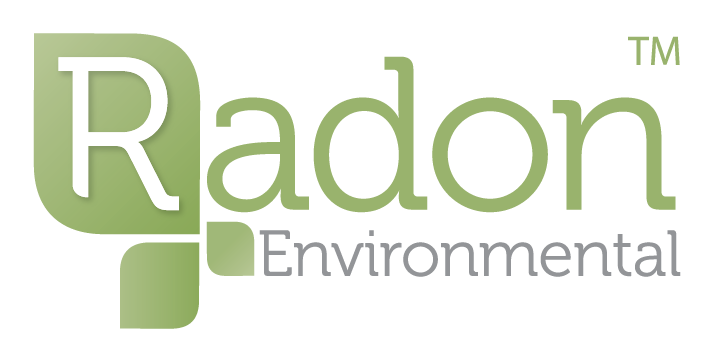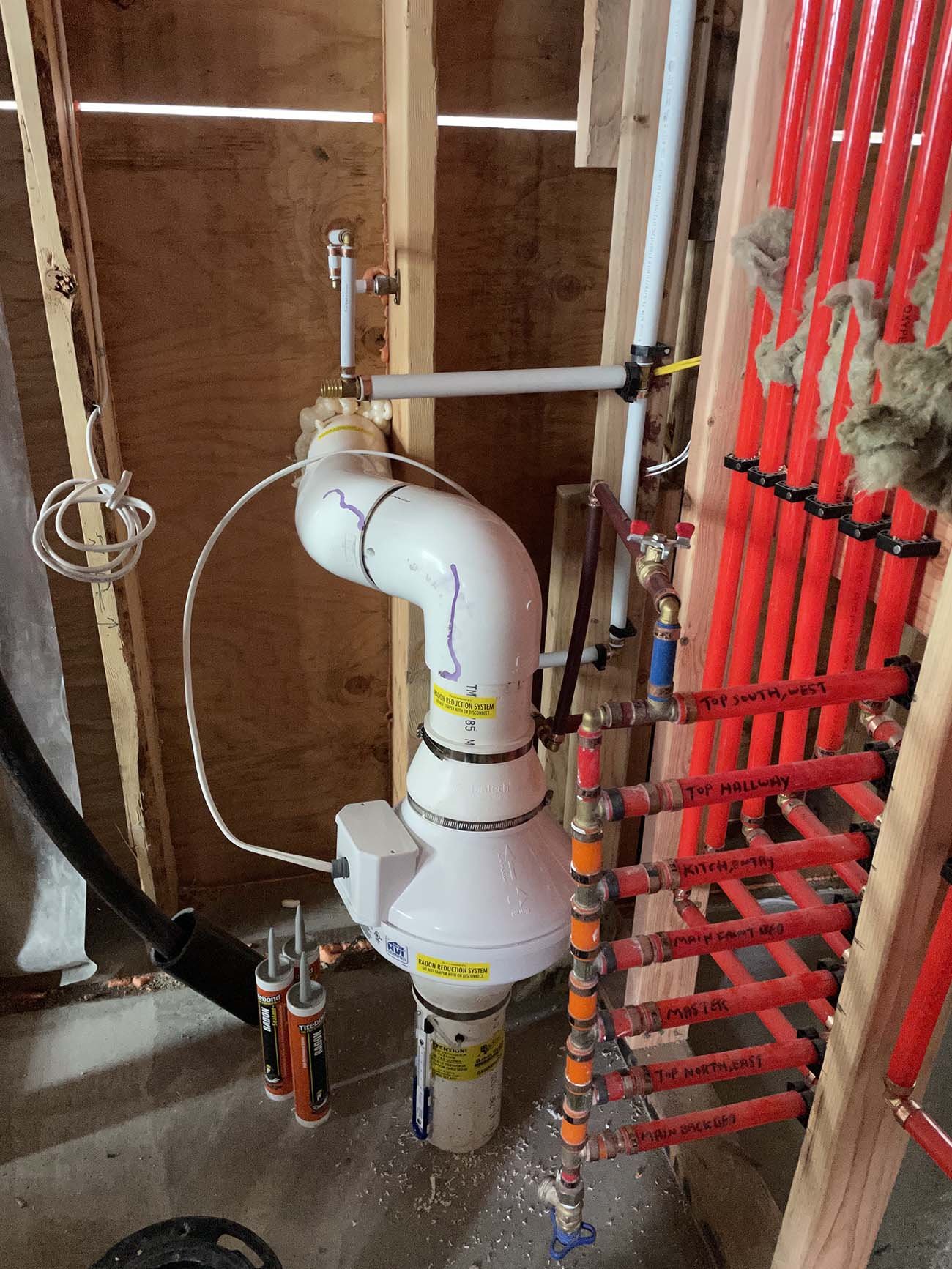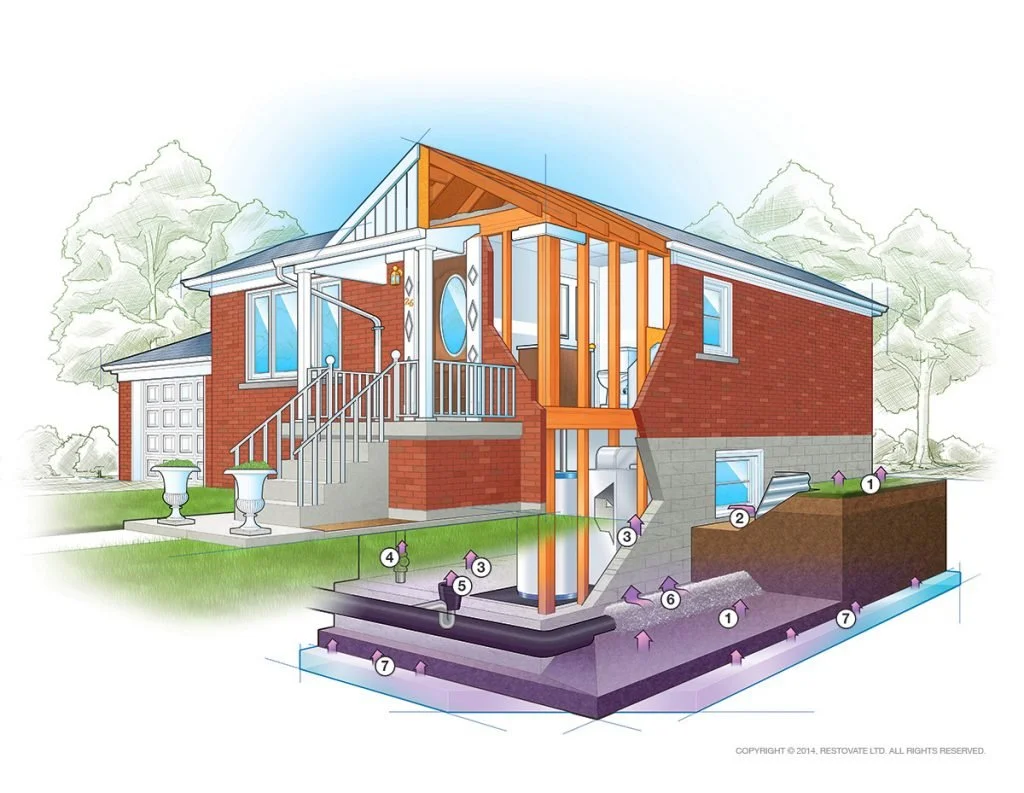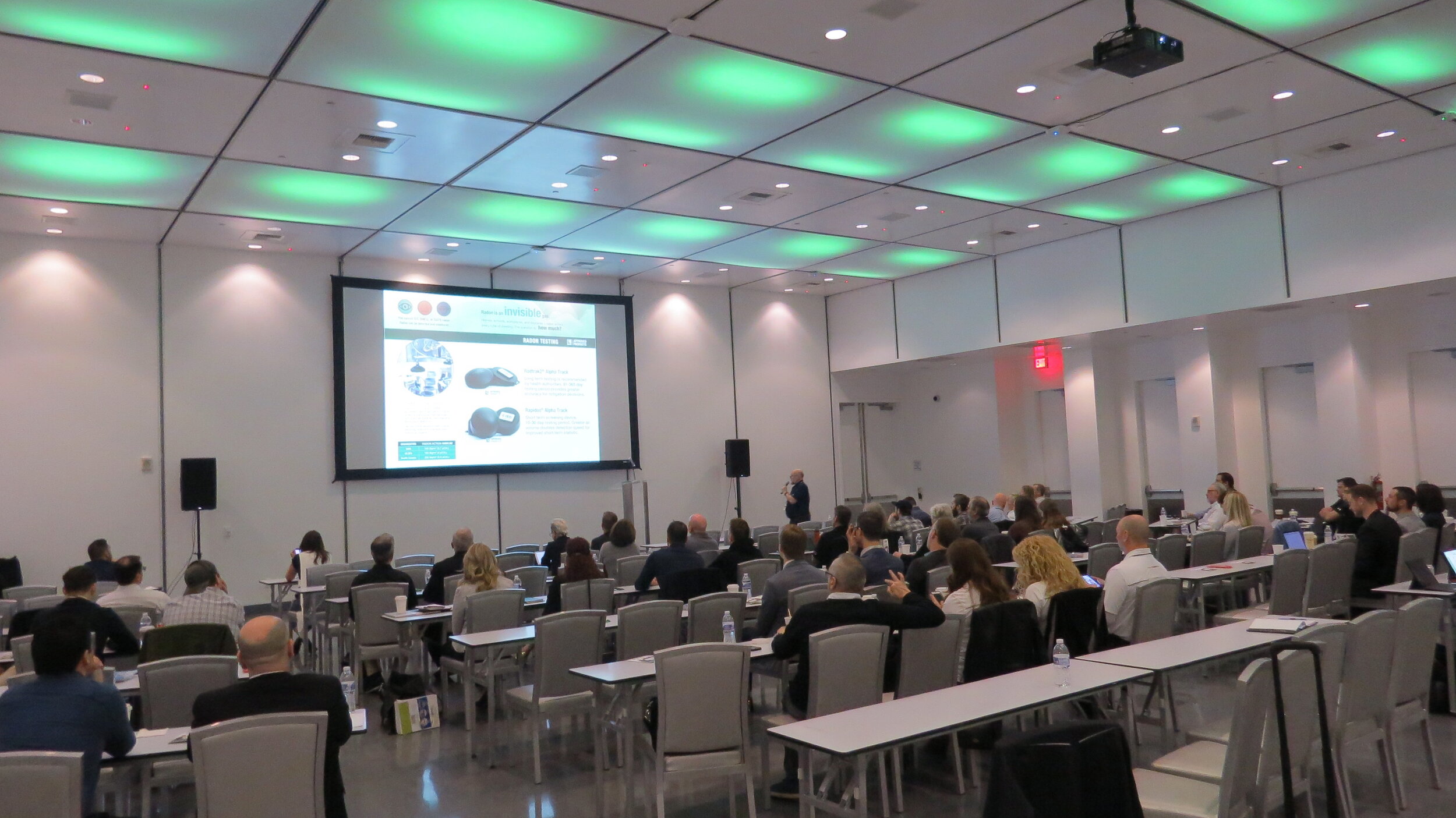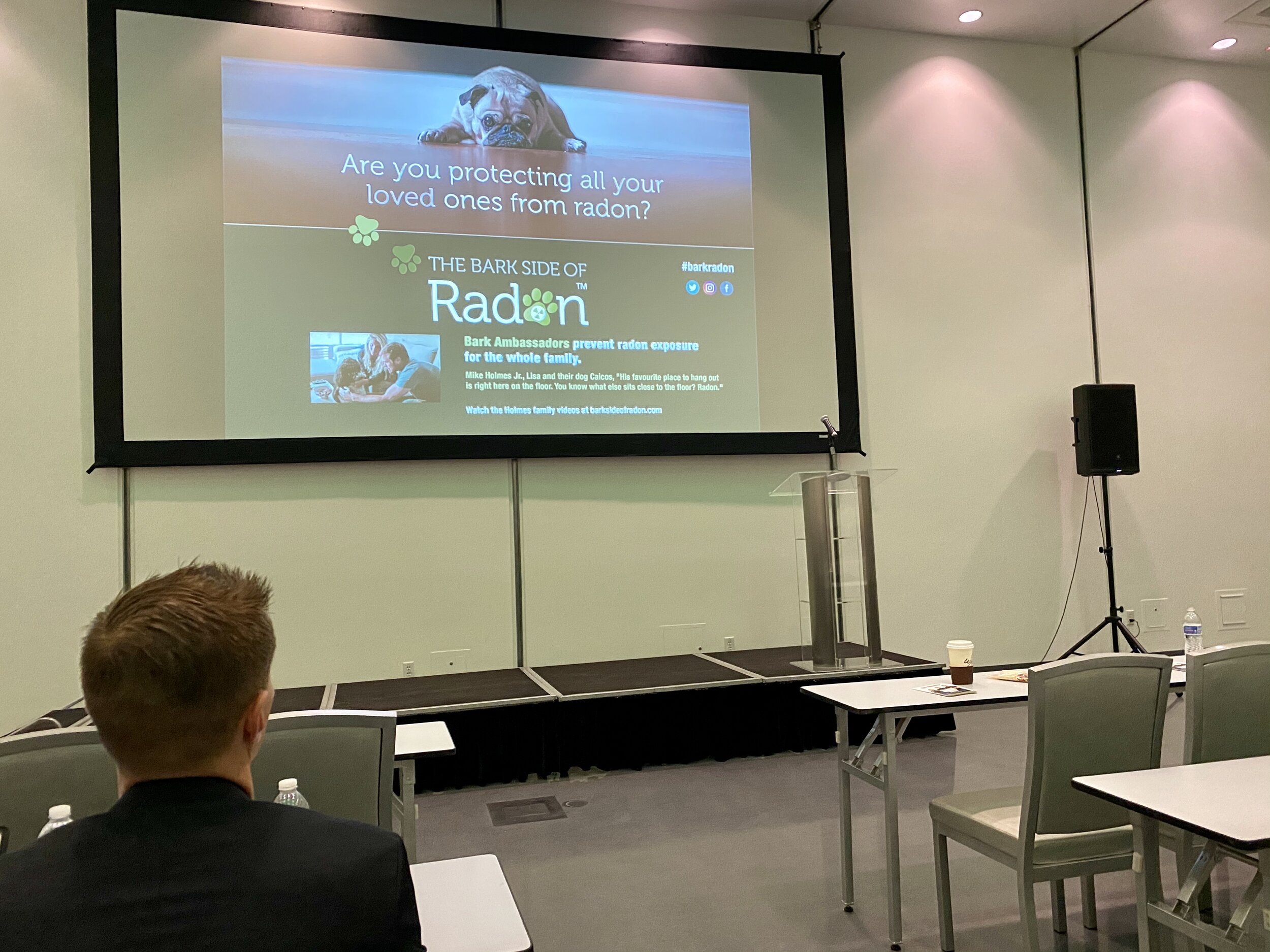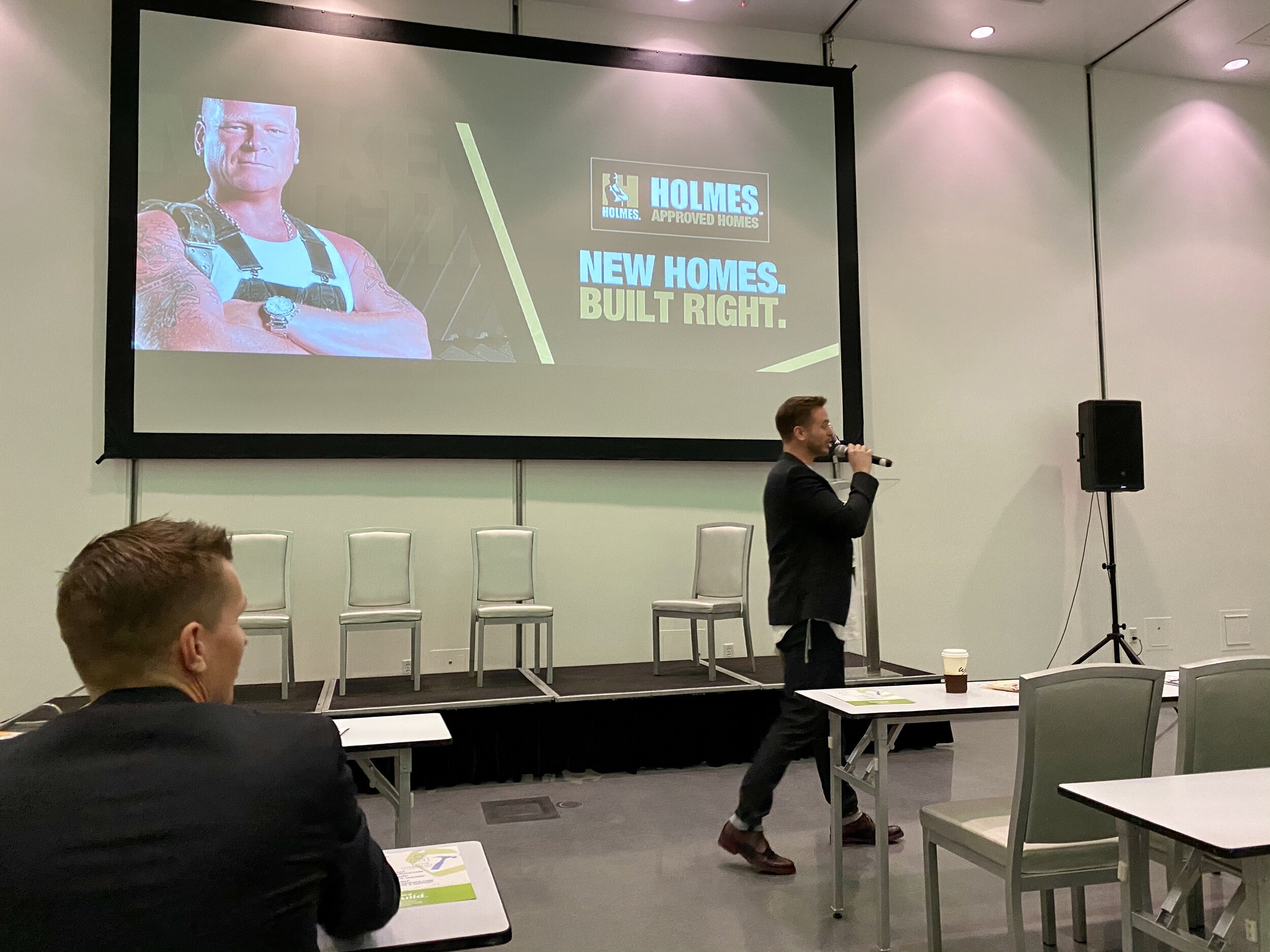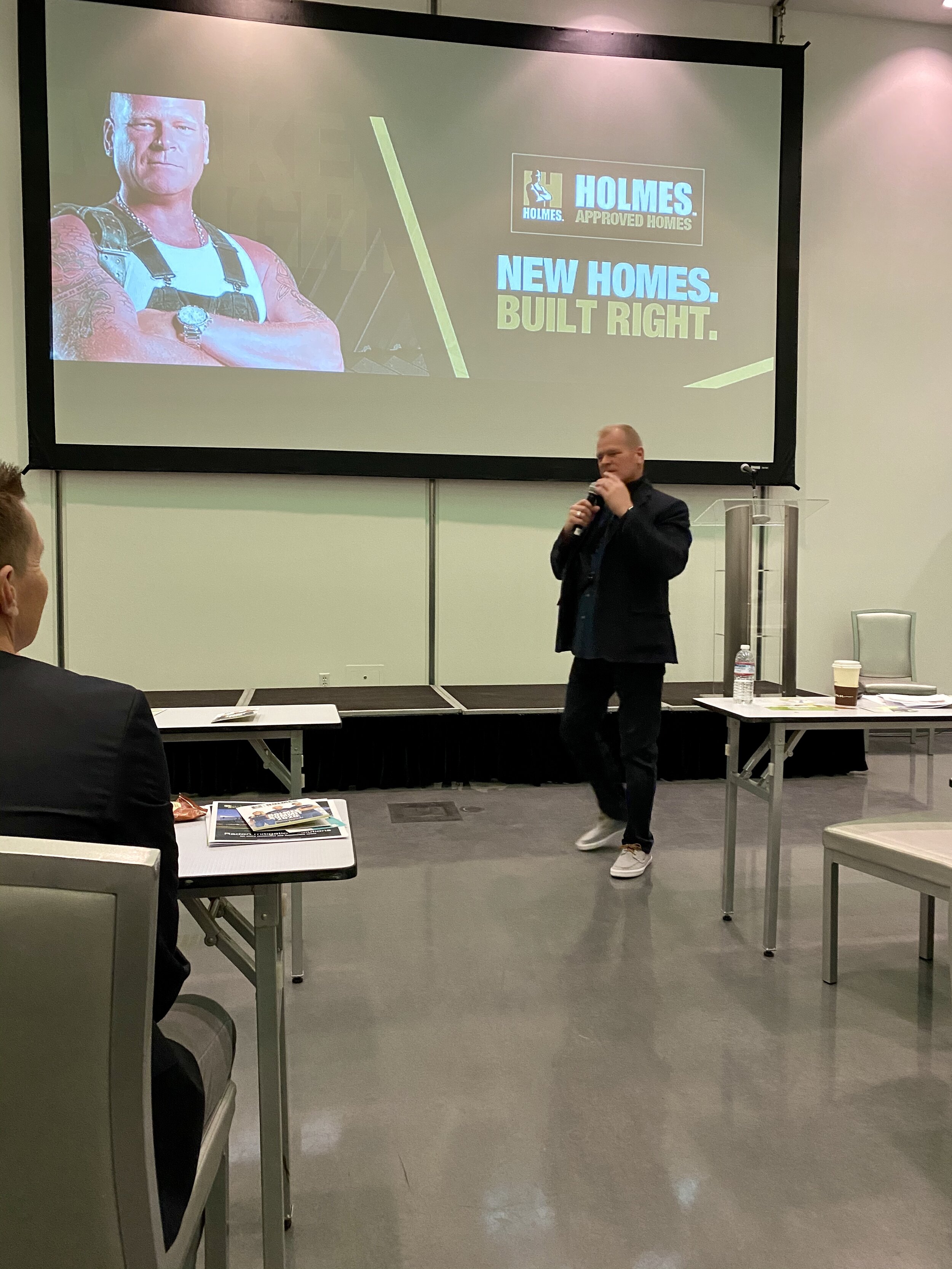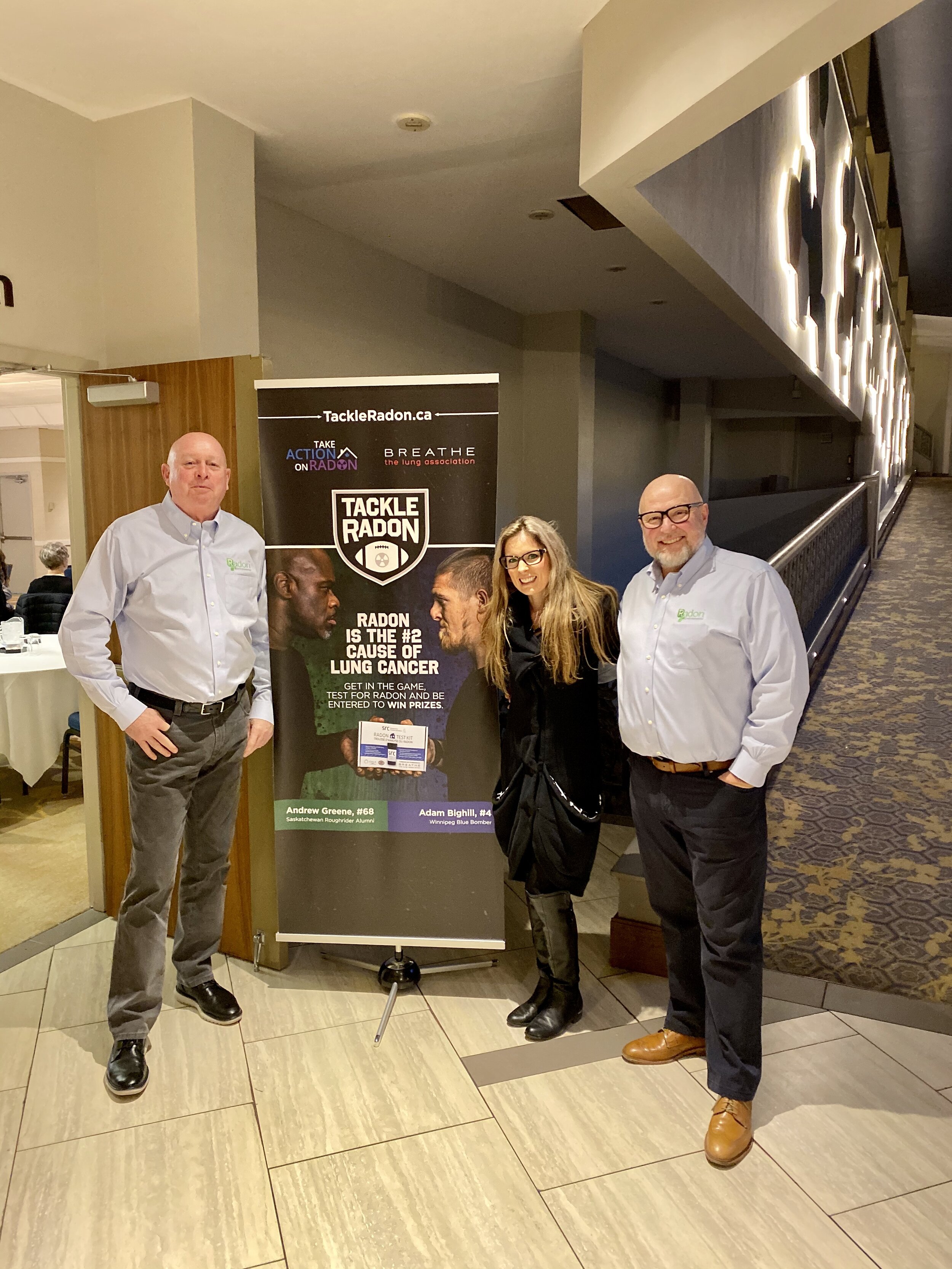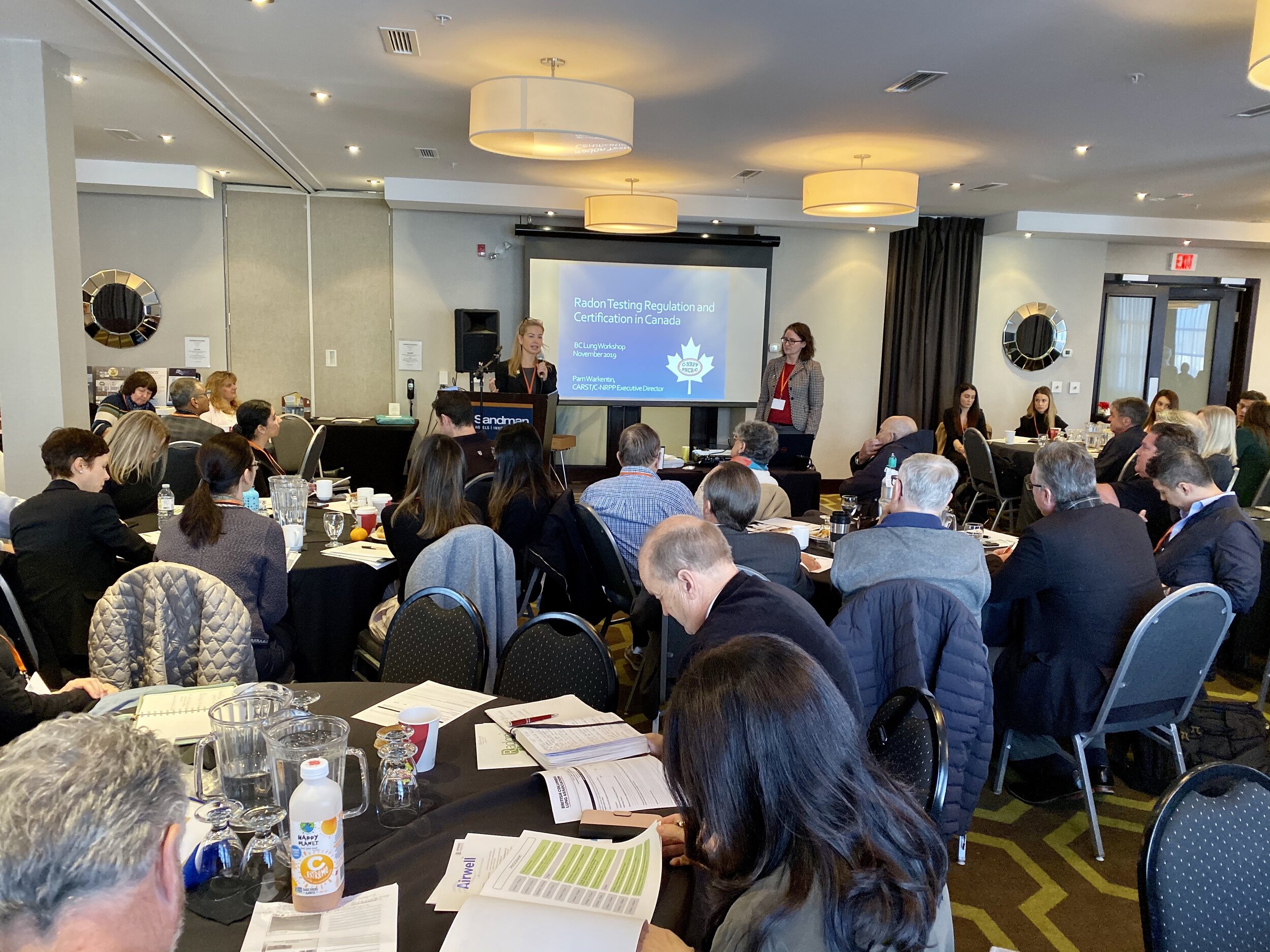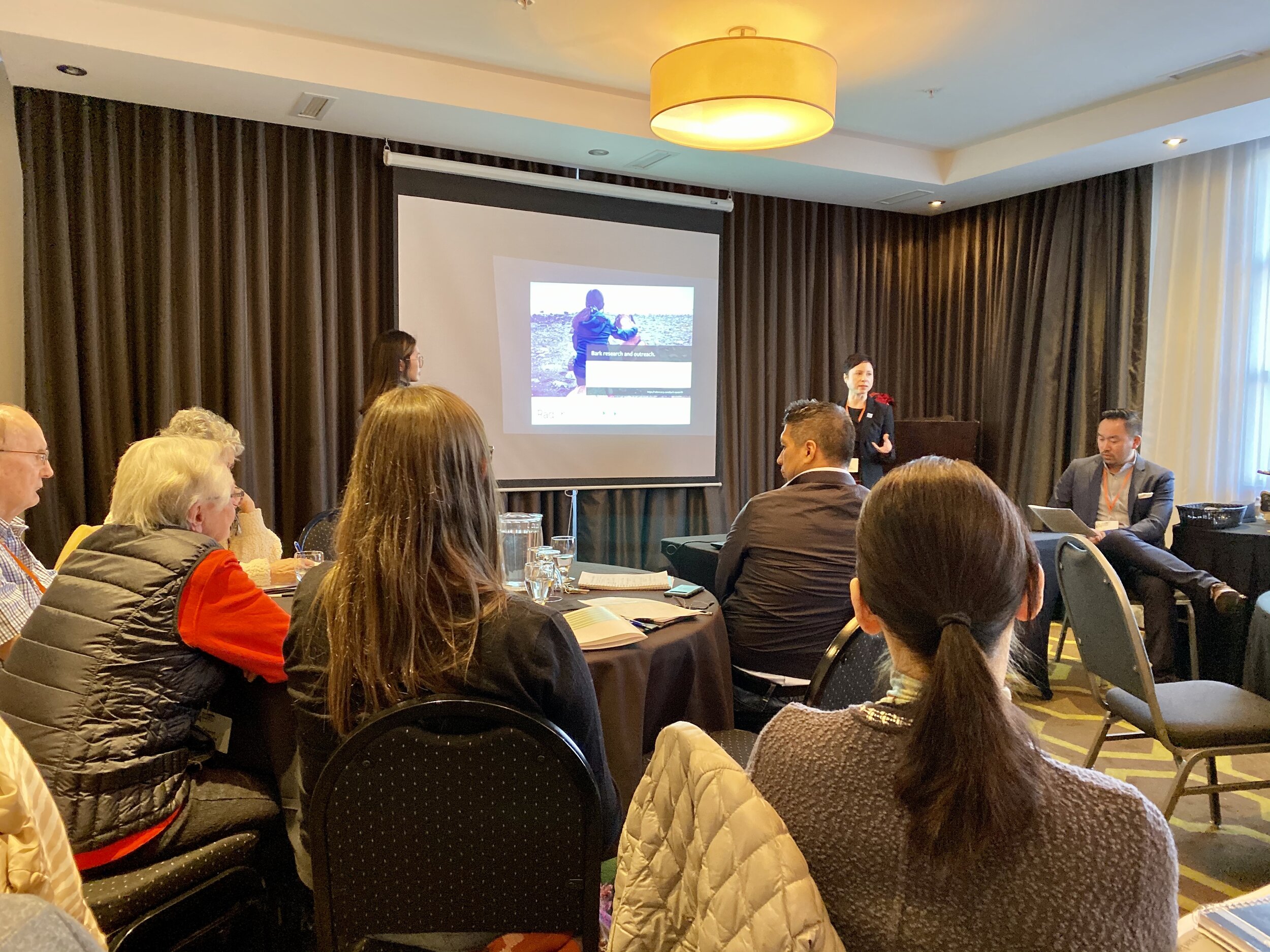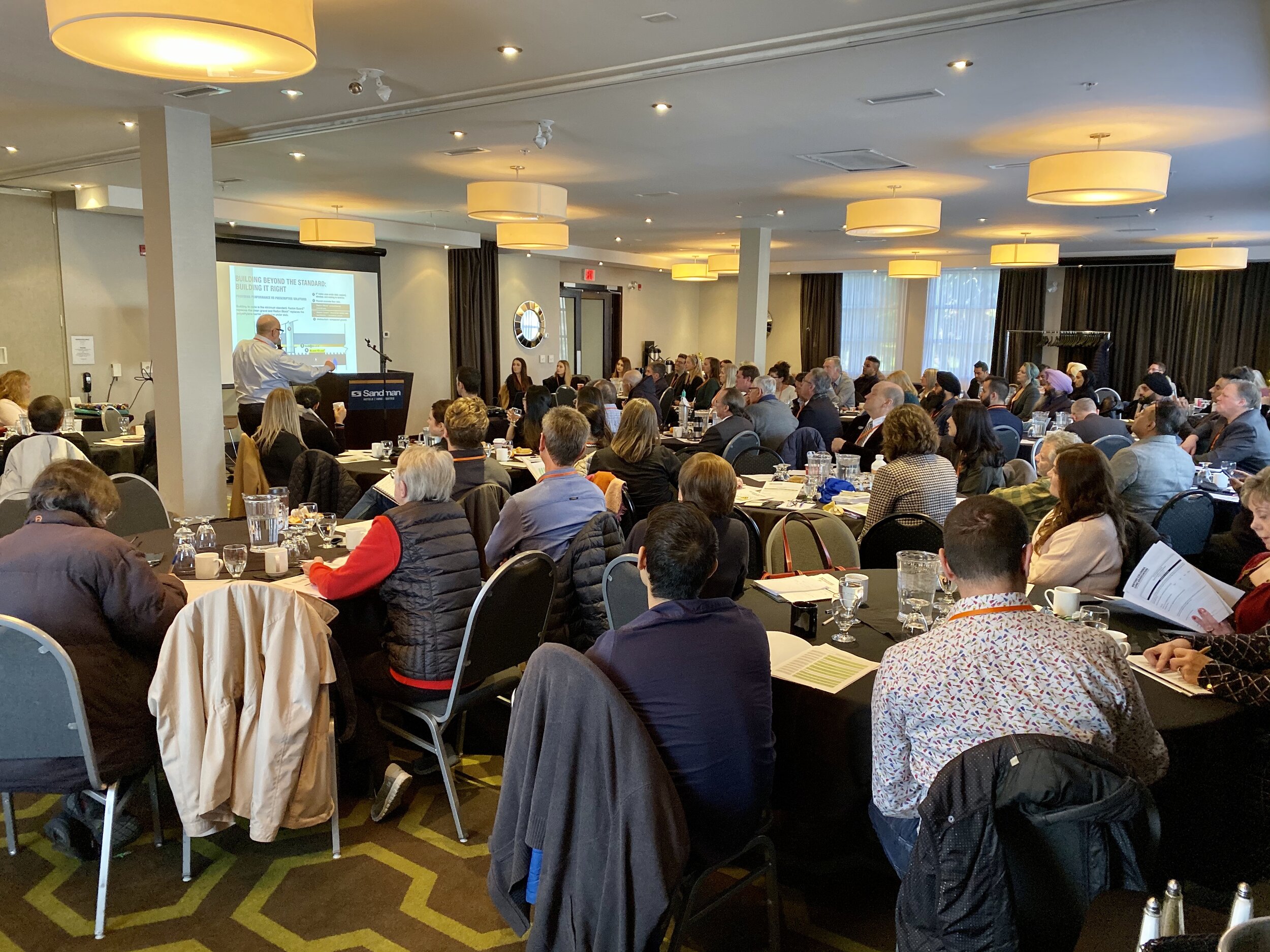If you are a builder looking for best practices for installing radon control measures in new builds, you’ve come to the right place.
The Radon Environmental team works with builders across North America to provide a fantastic radon-reduction solution for new construction. Our radon mitigation solutions go above building code standards. This means peace of mind for homeowners.
Radon Mitigation System for New Home
Measuring Radon
Radon is measured in becquerels, which is a unit used to measure radioactive concentration. The Canadian guideline for radon dictates that a home should not contain more than 200 Bq/m3 or 200 units of becquerels per cubic metre.
Any home can have dangerous radon levels, regardless of geography. Check out the Radon Potential Map of Canada to find your area.
When To Remove Radon From Your Home
Here is Health Canada’s time guideline for removing radon from your home:
in less than 1 year if the radon level is greater than 600 Bq/m³
in less than 2 years if the radon level is between 200 Bq/m³ and 600 Bq/m³
Radon Mitigation Systems
Radon Guard
Radon Guard is a structural sub-slab insulation panel that creates continuous ventilation below the slab, with a 68% void space and insulation value that provides excellent communication under the entire slab area.
Installation of Radon Guard in a new construction build with RDC Fine Homes.
The Radon Guard is a structural sub-slab insulation panel that creates continuous ventilation below the slab.
KEY FEATURES of Radon Guard:
code compliant replacement for a 100mm thick layer of clean granular fill as required by code
provides insulation for the slab, less heat loss during cold season than gravel
interconnected channels on underside of panel depressurize sub-slab space, direct radon to vent pipe
known compressive strength
available in five R-values: 8.1 (RSI 1.4 ), 10.1 (RSI 1.8), 12.1 (RSI 2.1), 14.1 (RSI 2.5), and 16.2 (RSI 2.9)
Radon Guard provides high insulation that leads to greater energy efficiency in home.
More information about Radon Guard here.
Radon Block
Radon Block is an engineered vapor barrier that blocks radon from diffusing into the home. It has the lowest radon diffusion coefficient or diffusivity of any of the membranes on the marketplace.
KEY FEATURES of Radon Block:
Radon Block™ is the new leading high performance radon blocking barrier membrane.
exceeds ASTM E-1745 Class A, B and C requirements
available in 20 mil (Class A) thicknesses designed to meet the most stringent requirements
produced within strict guidelines of an ISO 9001:2008 Certified Management System
evaluated as a code alternative solution CCMC 14024-R
available in 10’ x 150’ rolls to maximize coverage
rolls weigh 160 lbs and are folded on heavy-duty cores for ease in handling and installation
installation instructions and ASTM E-1745 classifications accompany each roll
By using Radon Guard and Radon Block together, an active soil depressurization system would be achieved, coupled with a 4” vent pipe from below the slab that exhausts outdoors. Place an order for our radon mitigation systems here.
Radostat (on-demand radon mitigation)
Coupled with an HRV, Radostat provides the most simple radon mitigation system that is highly beneficial for retrofit and new build scenarios alike. Energy savings of up 80% may be realized. Your Radostat will only operate only as needed. This means prioritizing energy efficiency along with indoor air quality.
Coupled with an HRV, Radostat provides the simplest radon mitigation system that is highly beneficial for retrofit and new build scenarios
This innovative approach to radon reduction and monitoring is suited to commercial and residential buildings.
Key Features of Radostat:
real-time continuous radon sensor
non-invasive design integrates into existing HRV/ERV
activates at a peak of 150 Bq/m3 (4.0 pCi/L)
economical operation activates only as needed
ETL listed 5009005: conforms to UL STD 61010-1, certified to CSA STD C22.2 No.61010-1
2 year warranty
At what level should you install a radon mitigation system?
The Canadian radon guideline is set at 200 Bq/m3 for indoor radon concentrations at which mitigation is recommended.
Learn about radon mitigation products being used across North America.
Related: What Are The Benefits of a Radon Mitigation System? by Mike Holmes.
Q & A SECTION about Radon and Radon Mitigation Systems:
Can you run a ceiling fan during a radon test?
No. During the test, turn off any air-moving equipment. Ceiling fans, dehumidifiers, conventional fans, HEPA filters, and any other air-moving filtering equipment fall into this category. During the test, only use fireplaces or heating stoves if they are your primary source of heat.
Do dehumidifiers remove radon?
No, buying a dehumidifier will not make radon go away.
Does rain affect radon testing?
In short, yes, radon concentrations are predicted to be slightly higher within your home on rainy days. The weather is one of the most important factors in radon levels. Weather changes, especially severe weather, can modify pressure differences and, as a result, the way radon enters your home. Radon levels in a home typically rise after specific weather events, such as storms. Strong winds, for example, can cause radon levels to rise or fall. Depending on the situation, weather events can cause your radon levels to rise or decline. Weather has a number of effects on your test, and it's impossible to forecast which ones.
Do open windows affect radon testing?
It's vital to remember that while testing for radon, the house must be completely closed up – that’s why is it best to test in the fall and winter months. The test will be invalid if any outside doors or windows are open.
Does opening doors reduce radon?
Opening windows to minimise radon levels isn't a viable long-term strategy. Open windows, can minimise radon in the short term, allowing you to stay in your home safely until you can build a permanent solution.
Can air purifiers reduce radon?
Air cleaners or purifiers are machines that filter or electrostatically remove particulates from the air, such as dust or radon decay products. Air cleaners are routinely used to condition indoor air for several health benefits and overall comfort in the home, and attempts have been made to market air cleaners to prevent radon decay. Mold, dust, allergies, germs and viruses, and odours are all things that air purifiers can help with, but there are manufacturers that claim they may also aid with poisons, gases, and compounds like radon. An activated carbon filter is the most effective form of air filter and, according to some research, can help in reducing radon levels. However, this technology has not been proven to help decrease the health concerns associated with radon. The EPA does not recommend using air cleaners to reduce radon decay products in indoor air at this time. Although air cleaners will remove some radon decay products, numerous issues remain about the relative health effects of the decay products that aren't removed and the possible impacts of the radon decay products' undiminished source. The EPA feels there is insufficient evidence to recommend the installation of air cleaners to lower the risk of exposure to radon and its decay products until additional data is available.
Are portable radon detectors accurate?
There are definitely several reliable portable radon detectors. If fact, Ecosense EcoCube and Radon Eye are in the top 10 Radon Detection Devices by Best Review Guide for 2022.
Can radon cause mental illness?
For many people, radon does not directly cause psychological disorders. However, the potential of radon in your home can cause anxiety and restless thoughts about the prospective health risks of living in a home with a high radon level. New research is being conducted every day, and there are university studies looking into linking Radon exposure to early on-set Alzheimer’s.
Do Ceiling fans reduce radon?
Ceiling fans do not reduce radon. In fact, if the blades on the fan are pulling air upwards it could actually increase the radon levels very slightly.
Does every house have radon?
Every home has some radon, although concentration levels differ from one home to the next, even if they are near to each other. The only way to know how much is to test for Radon.
Extra care must be taken to seal around the pipe where it penetrates the Radon Block engineered membrane.
